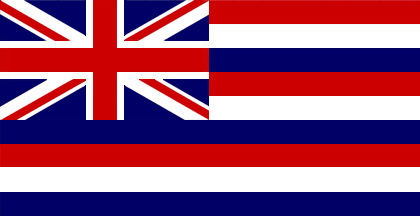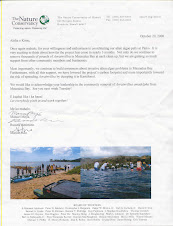

Ka Lae o ka ʻŌʻio is the point that extends out into the ocean as you round the turn on Kamehameha highway at the end of Kualoa and enter the beginning of Kaʻaʻawa (as you head towards Kahuku -top picture above).
Ka Lae o ka ʻŌʻio not only separates nā ahupuaʻa of Kualoa and Kaʻaʻawa. It also separates nā moku (districts) of Koʻolaupoko and Koʻolauloa.
Kanehoalani hill or ridge directly above Ka Lae o ka ʻŌʻio is steeped in legend (bottom picture). The famous burial cave of aliʻi called Pohukaina located in this ridge is said to have once had many entrances and extend through out the Koʻolau mountains.
There was also a spring above Ka Lae o ka ʻŌʻio called Kaʻahuʻula. Kaʻahuʻula spring was reportedly destroyed by the US army during WWII when a gun site was built above and earth and rock from the gun site area covered the spring. The gun site can be seen to this day.
I am not positive as to the exact meaning of Ka Lae o ka ʻŌʻio except that with the kahakō over ʻŌʻio it means "The Point of the Bone Fish". Without the kahakō over ʻOʻio, ʻOʻio means "procession of ghosts of a departed chief and his company" per the Pukui/Elbert "Hawaiian Dictionary". I have seen it labeled in some texts as "The Point of the Bone Fish"; however, if you read about Pohukaina Cave and Kanehoalani ridge above, possibly "The Point of the Departed Chief" would be accurate also?


















